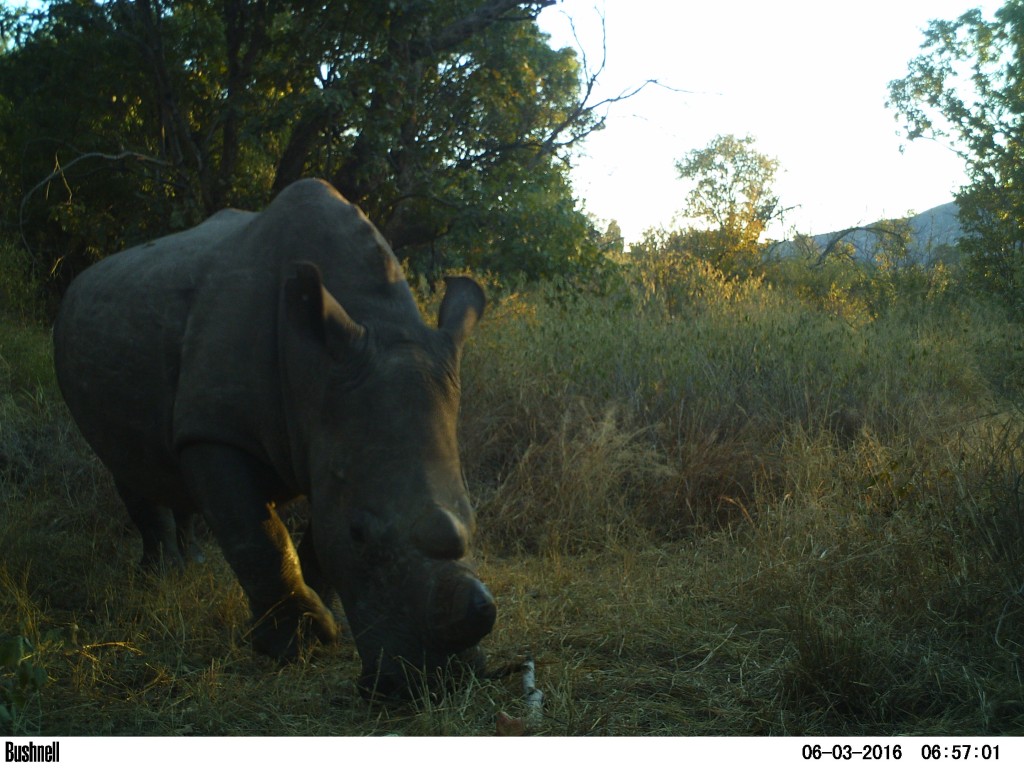Written by Tessa Chesonis
After a couple of months of preparation in the UK, fellow MRes student Alex and I made our way to Zimbabwe to start collecting data for our projects. We’ve now been here for six weeks, staying with the Dambari Wildlife Trust and spending most of our time in the wonderful Matobo National Park.
For my individual project, I am looking at factors influencing feeding patch selection by large grazers, in particular: white rhino Ceratotherium simum; sable antelope Hippotragus niger; blue wildebeest Connochaetes taurinus and plains zebra Equus quagga. To obtain the necessary resources, animals will choose certain feeding sites within patches of their habitat. Understanding this resource selection is important when creating conservation management strategies, as it offers further insight into a species’ habitat use, habitat requirements, and distribution. There has been no prior research regarding the feeding habits of large grazers in Matobo Hills, so I hope that this project begins to fill that gap in knowledge.
I am collecting a large portion of my data through vegetation surveys, by assessing a total of 60 locations within 6 different habitat types. At each site, a 100m long transect is set up and the vegetation is assessed at regular intervals. If there is a feeding patch present, a 1x1m quadrat is used to record specific data, such as grass height. A feeding patch is defined as any area where there are signs of recent grazing. In addition to assessing the vegetation, an auger is used to collect a soil sample in each quadrat where a feeding patch is present. Over the coming weeks I will be sending my soil samples to the National University of Science and Technology in Zimbabwe for testing to determine soil nutrient levels.
Alongside vegetation surveys, I am also using camera traps to gain information about the specific species grazing in an area and overall interspecies interactions. The camera traps are set up along each transect either on feeding patches or in areas where there is evidence of animal use (e.g. dung/spoor).
With all of my vegetation surveys complete, the next two weeks will be dedicated to finishing the camera trap work. After that, Alex and I will only have about ten days left in Zimbabwe. Once I return to the UK, I will immediately begin analysing my data and writing up my thesis, as there isn’t much time left in the course. These last weeks have certainly been a highlight in the MRes programme for me. Not only was I able to work almost every day in a beautiful national park, but we were fortunate enough to have several close wildlife encounters (especially with the rhino!). My project has also allowed me to become familiar with over a dozen native grass species, and as someone who spent a lot of her undergraduate degree identifying plants, I enjoyed the chance to learn some African species. Although I’ll be sad to leave, I am eager to start the next phase of my project and turn my data into results!
Posted By : Danielle Free
